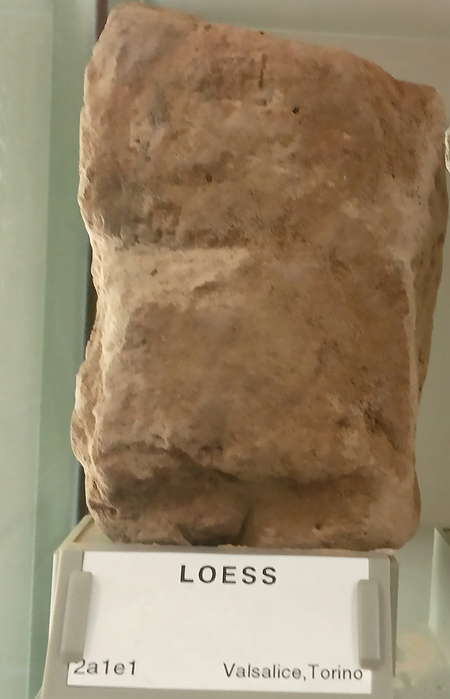Silt
A rock classification type
This page is currently not sponsored. Click here to sponsor this page.
About Silt
A silt-grade clastic-sediment, that is non-plastic or very slightly plastic and that exhibits little or no strength when air-dried. The term is also used for a soil or rock component between clay and sand in particle size.
See Also: rock flour
In the Udden–Wentworth scale (due to Krumbein), silt particles range between 0.0039 and 0.0625 mm, larger than clay but smaller than sand particles. ISO 14688 grades silts between 0.002 mm and 0.063 mm. According to the U.S. Department of Agriculture Soil Texture Classification system, the sand-silt distinction is made at the 0.05 mm particle size. In the Unified Soil Classification System (USCS) and the AASHTO Soil Classification system, the sand-silt distinction is made at the 0.075 mm particle size (i.e., material passing the #200 sieve).
Silts and clays are distinguished mechanically by their plasticity, irrespective of particle size, by geotechnical engineers.
Most silt is mineralogically distinct from clay, usually comprising mostly quartz, feldspars, chlorites and micas, rather than mostly clay minerals as in clay, though there is some overlap. Silt can also be mostly carbonates. Clays are formed from thin plate-shaped particles held together by electrostatic forces, so present more cohesion than silt.
See Also: rock flour
In the Udden–Wentworth scale (due to Krumbein), silt particles range between 0.0039 and 0.0625 mm, larger than clay but smaller than sand particles. ISO 14688 grades silts between 0.002 mm and 0.063 mm. According to the U.S. Department of Agriculture Soil Texture Classification system, the sand-silt distinction is made at the 0.05 mm particle size. In the Unified Soil Classification System (USCS) and the AASHTO Soil Classification system, the sand-silt distinction is made at the 0.075 mm particle size (i.e., material passing the #200 sieve).
Silts and clays are distinguished mechanically by their plasticity, irrespective of particle size, by geotechnical engineers.
Most silt is mineralogically distinct from clay, usually comprising mostly quartz, feldspars, chlorites and micas, rather than mostly clay minerals as in clay, though there is some overlap. Silt can also be mostly carbonates. Clays are formed from thin plate-shaped particles held together by electrostatic forces, so present more cohesion than silt.
Unique Identifiers
Mindat ID:
49428
Long-form identifier:
mindat:1:1:49428:7
GUID
(UUID V4):
(UUID V4):
1815cbca-c19d-4c08-b4ab-14bfca0ccfe9
Classification of Silt
Sub-divisions of Silt
Synonyms of Silt
Internet Links for Silt
mindat.org URL:
https://www.mindat.org/min-49428.html
Please feel free to link to this page.
Please feel free to link to this page.
Search Engines:
References for Silt
Reference List:








Turin, Metropolitan City of Turin, Piedmont, Italy